Horror Vacui
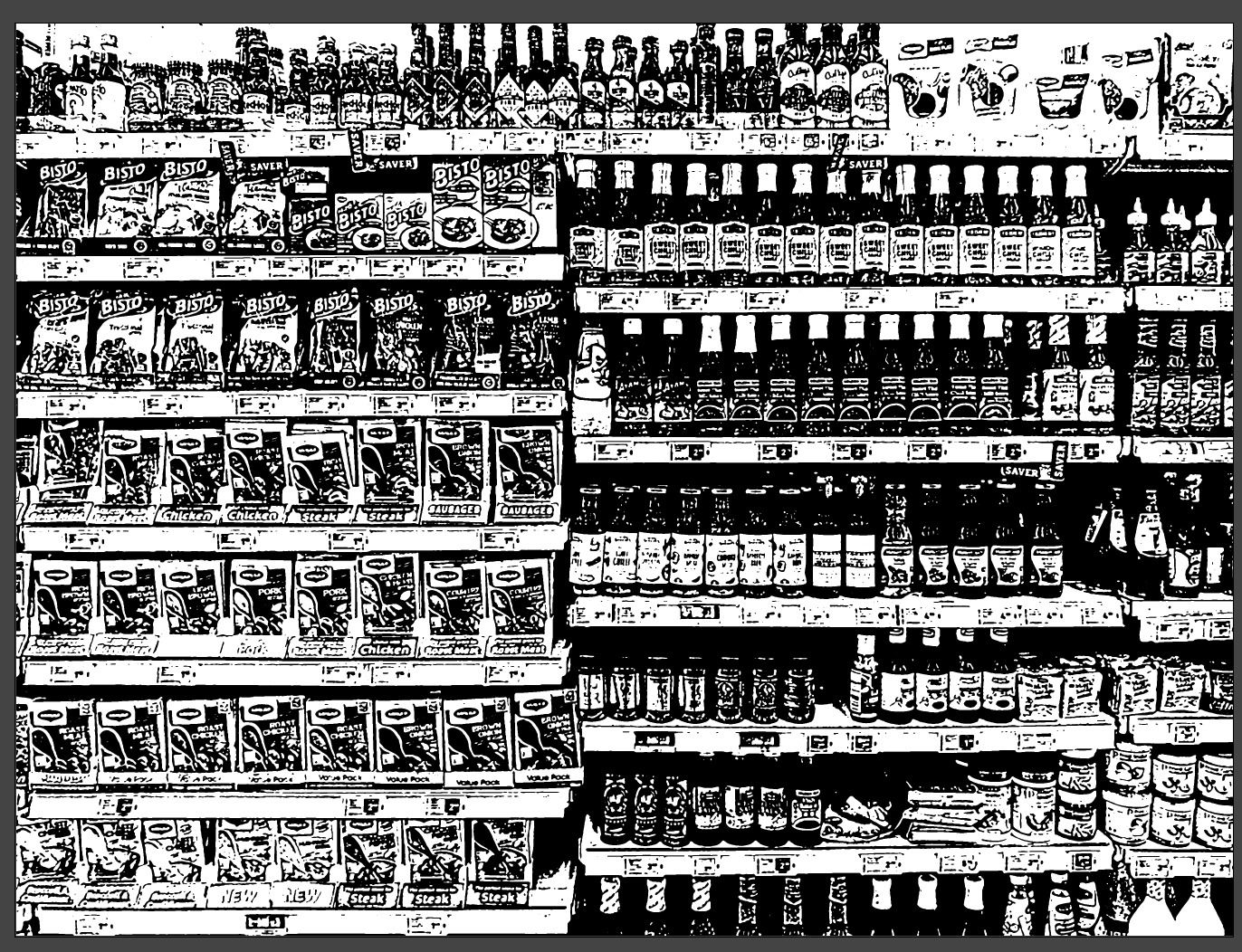

In a series of studies for Making Art Work, Jon Tjhia and Mia McAuslan examine empty space and its (dis)contents. What drives our impulse to avoid a void? Is it a mistake to mistake emptiness for nothingness?
What is the opposite of emptiness? What's a theatre without an audience, or a flight without passengers? How does it feel to walk through an Animal Crossing island, alone in a dream? A game with one goal: to fill and to populate.
The Latin phrase ‘horror vacui’ describes a fear of, or aversion to, empty space. In physics, it’s expressed in the axiom ‘nature abhors a vacuum’; what surrounds a void will reflexively fill it. In art criticism, horror vacui labels the apparent impulse to crowd every available space with detail or decoration.
It seemed from the beginning a bad question to ask: is this an empty field – (does such a thing exist?) – and even as the thought tiptoed into my head, a millipede walked onto my knee. (Unexamined thought: emptiness is just refusal?) I look up to see a fat blowfly and the first passenger plane I’ve noticed in the sky for weeks. A wedge-shaped kite suddenly shoots up into the air. Could an empty field sprout the grass seeds that will make my legs itch later today?
- j
A Nightmare on Elm Street (1984): ‘Whatever you do, don’t fall empty.’
The Sixth Sense (1999): ‘I see empty people.’
The Fly (1996): ‘Be empty. Be very empty.’
Alien (1979): ‘In emptiness no one can hear you scream.’
Psycho (1960): ‘We all go a little empty sometimes.’
The Exorcist (1970): ‘The power of Christ empties you!’
E.T. The Extra Terrestrial (1982): ‘He is afraid. He is totally alone. He is 3,000,000 light years from home.’
- j
Dressing for a dream: bear hat, boots, skull shirt.
Asleep, I walk slow, like a fish that’s grown legs, dragging itself out of the water.
When I wake, I am on an island where everything is purple.
Some people organise in this way – in colours. (Or in moods.)
My own island is a mess of (dis)contents. Dropped items scattered in the woods. Caught crabs and contained moths stacked besides houses. Somewhere behind the dressmaker’s I am hoarding Ulysses. At the front desk there is a complaint, too many things on the ground. And too many trees – villagers are sick of getting lost and missing their favourite TV shows.
The game works like this –
Stage 1: Weeds, trees, shells, branches.
Stage 2: Collect, gather, catalogue, populate.
i. Painters such as Bosch, Brueghel, and Duvet showed this need to fill up the “design space” with elements — people, animals, buildings, trees, etc.
On the purple island it is spring. There are flowers peppered all over the sand along the beach. I trip my way to the shore. I pick hyacinths that will stay in my pockets only in the dream. When I wake, they will have disappeared, and my pockets will be empty again.
In another dream I am in a dystopian city, where all evidence of the natural landscape has been covered with stalls, items, custom paths, and uploaded as a dream on a day that it snows. It is a triumph, to have filled every nook on the island in this way, so that it is unrecognisable from the tropical desert all players face at the beginning of the game. This urban island has been uploaded frozen in a moment in time where it is slowly and perpetually becoming blanketed by snow.
How many of these digital dreams are floating in cyberspace? In the game, it is called the Dream Library.
Searching for an image of cyberspace, it looks to me like tropical cyclone tracks:

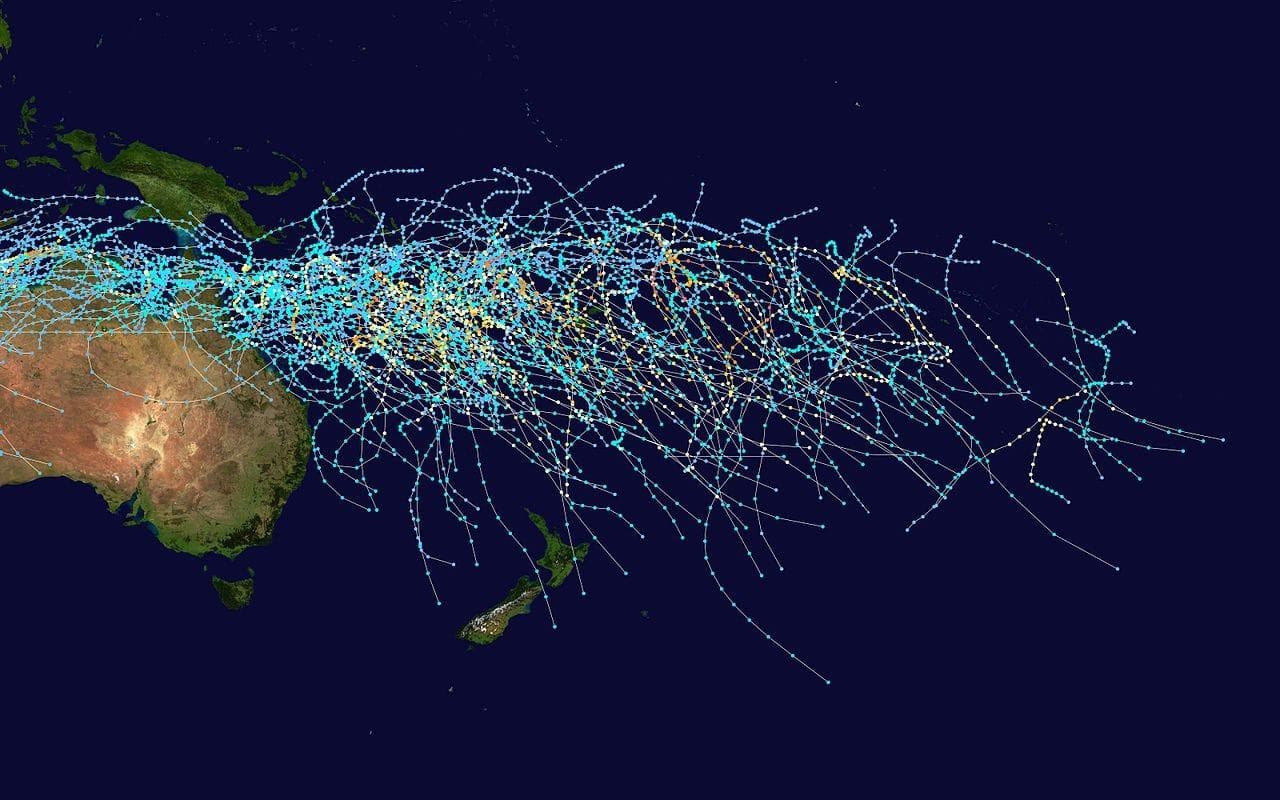
The sky might be perceived as empty space, but it is drawn all over, with weather patterns, migration patterns, flight paths – there is always some force trying to make its mark or claim on a space. And somewhere I read: weather is the atmosphere trying to organise itself.
- m
Thank you for visiting YourVedic: your number one channel for proven home remedies and health hacks!
Today, we’re going to talk about kenophobia: a phobia of voids or empty spaces, whether that’s an empty room in your home, an empty street in your town or an open field or landscape. For people suffering this phobia, the body’s ‘fight or flight’ systems kick in, causing panic, intense fear, freezing, sweating, nausea or other unpleasant or unbearable feelings. Kenophobes may also experience shame or guilt about their fear, or a strong urge to flee from the emptiness before them.
So, what can a kenophobe do about it? We’re going to walk you through a few easy steps that anyone can try at home.
1. Understand your fear
Take some time to understand where your phobia might come from.
Most often, it will have roots in your past. Maybe you experienced something traumatic to do with empty space. Or you might have formed your phobia as a child, by modelling the kenophobia of close relatives or companions. Perhaps your fear is associated with a natural disaster, or a pandemic.
Dig deep, and be open to all potential sources.
Did somebody you loved – but whom could not trust – send you a scenic postcard? Did you first experience this phobia during the film Gravity, starring Sandra Bullock and George Clooney? Or were you abandoned by a parent or caregiver in a spacious, high-end designer store – such as one of ACNE Studios’ four gorgeous locations across Melbourne and Sydney, who have generously sponsored this helpful guide and supplied the incredibly luxe garments I’m wearing in this video? Perhaps you had a nihilistic Eastern European uncle, who spoke of his obsession with the grim, bottomless void within each of us?
Understanding the source of your fears is key to fighting shame and giving you the tools to seize the reigns of your one, precious life.
2. Get philosophical
In the field of alternative healthcare, some practitioners are experimenting with an emerging technique: philosophical abstraction. Converts to this approach argue that by constantly focussing on and questioning the definition of ‘emptiness’, kenophobes will become distracted or obsessed with this intense and circular thought process. (How big must an unfilled space be before it is considered scarily empty? Is it empty if it’s full of chairs? What if the air is thicker, even heavy – does the room feel less empty?)
Proponents of this technique believe that by focussing on the very precise definitional border between empty and not-empty, or threatening and non-threatening emptiness, kenophobes will inadvertently train their minds to become familiar with, and less sensitive to, different intensities of emptiness – forming new associations along the way.
3. Expose yourself
Taking things one step further, exposure or desensitisation therapy is about gradually exposing yourself to the subject of your phobia, in safe, controlled situations, in order to build your personal tolerance bit by bit.
First, find somebody you trust to guide you carefully through simple thinking about empty or open spaces. Begin with something small, like the sidecar of a motorcycle, or the space between Zac Efron’s teeth. Slowly work your way up to pictures of empty spaces.
Next, you’re ready to get back out into the real world.
4. Retail therapy
I think we’ve all had a little brush with kenophobia, now that we have each acquainted ourselves with some form of deathly silence. People are gone from the streets of cities, and the uncanny experience of that sight – alongside the actual reasons why the people are gone – could very reasonably trigger kenophobia through our communities.
To counteract and combat this phenomenon, what can we do? We’ll need to work together – to prove that the terrifying serenity of our vacant cities can be filled, made to feel safe, and reclaimed as the comforting, distracting, lively social spaces we know and yearn for. To put it simply: we need to get back out there and shop.
So – hit the malls and give your all. Be a friend; spend. Get what you want, and we’ll all get what we need, because we’re in this together. (And if you’re so inclined, ACNE Studios are having a Welcome Back Sale; plenty of parking available, too.)
5. See things as they are
What is the point of being alive? Ask your most content, joyful friends, and they’ll tell you it’s to live, laugh and love. Ask your wisest friends, and they will say: the point of being alive is to luxuriate in the quiet fullness of seeing things as they are.
There are rooms, theatres, sheds, offices, cabins and caverns. There are lakes and plains and plateaus and roads and basins. There are car parks and refrigerators and wallets and floating racks in exquisite, fashionable boutiques. There is time and there are ideas.
All of these things will be what they will be; are what they are. And sometimes, they will simply – truthfully – be empty.
That’s it for this week! Thank you for joining us here at YourVedic. If you enjoyed this video, hit subscribe! Next week, we’ll be back to talk about some simple remedies for demophobia, or fear of crowds.
Catch you then!
- j
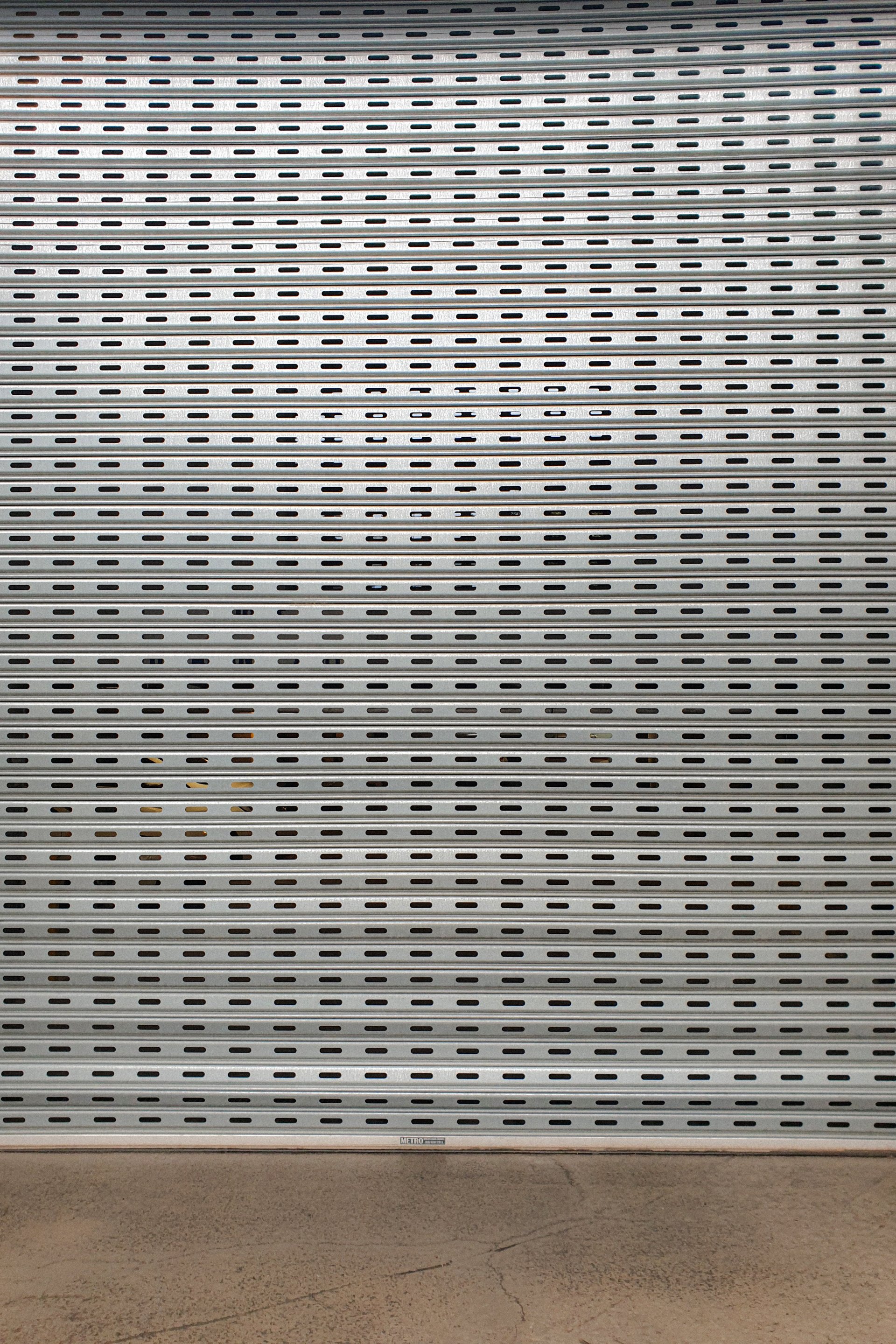
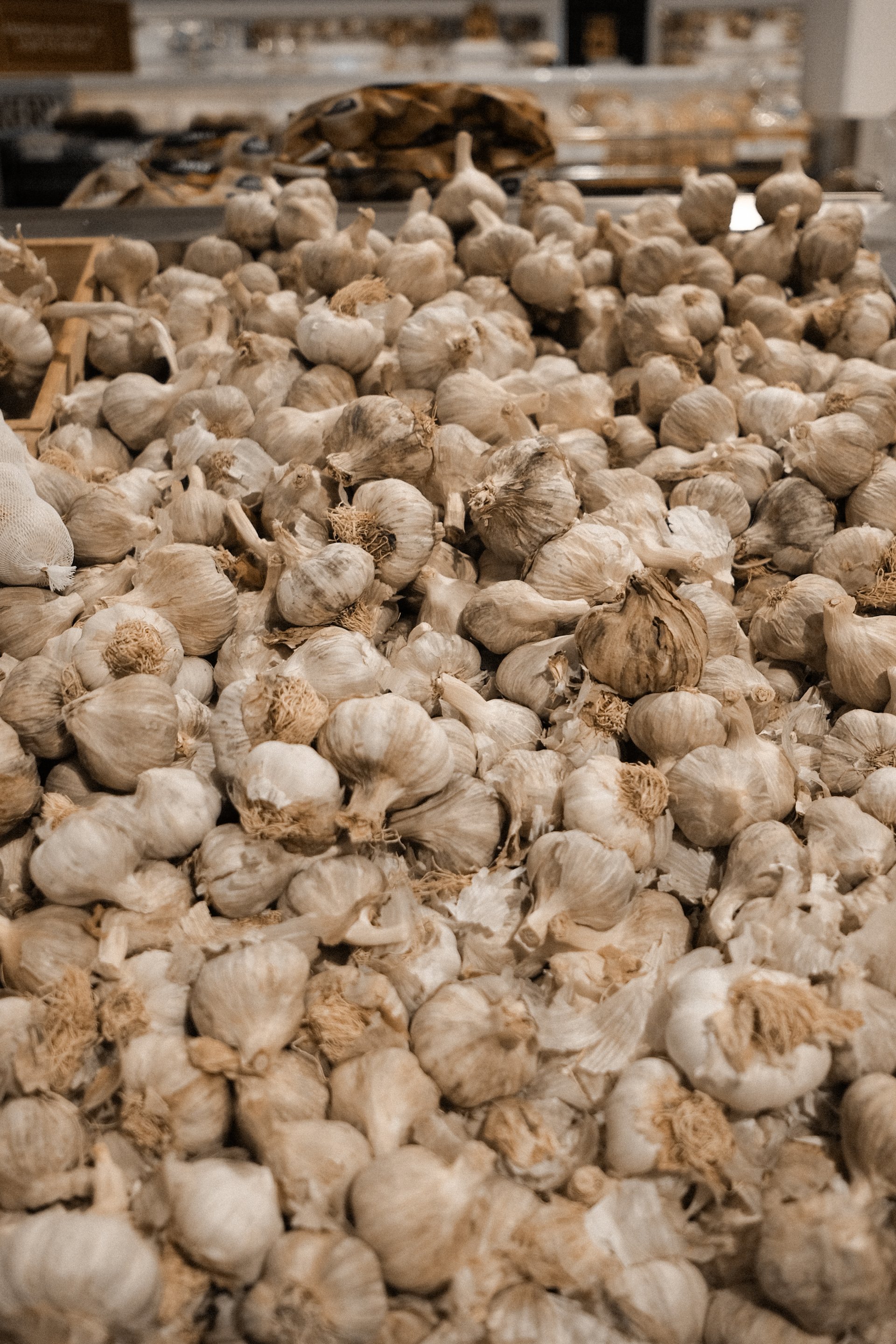
Twenty-four hours a day, seven days a week, for the last three-and-a-half decades, the UVB-76 has been broadcasting a dull, monotonous tone. There are occasional moments of pause.
On July 1, 2020, a message was heard:
VZhTsKh VZhTsKh 217O 217O 88 498 79 789 KAINOGON 52 47 37 68;
VZhTsKh VZhTsKh 217O 217O 88 498 79 789 KAINOGON 52 47 37 68.
A holding signal put out into empty space to avoid empty space. And then one day Swan Lake plays.
- m
Don’t mistake the awkward smile for self-possession: it’s the crowd that gives his existence meaning, and not the other way around.
Wally has been known for being seen, or unseen. We’ve never spoken before – only fixated, for recreation, on his physical absence/presence or the scrutability of his surroundings. ‘Funny,’ you once said to me, pressing the edge of your finger against your chin, eyes squinting. ‘He’s all about these comically huge gatherings, but I’ve never seen him at a protest.’ You hadn’t either – although to be totally fair, that doesn’t necessarily mean he wasn’t there.
Wally pinches his right AirPod® between his thumb and forefinger, twisting it in his ear, as he calls us over WhatsApp. ‘Sorry if you can hear any rustling,’ he says. ‘I must have a big ear hole or something, because it always feels like it’s about to fall out.’
So, where are you?
‘Well, right now I’m aimlessly criss-crossing the Bayles Street Grassland, in Royal Park. There’s no official path through the long, dry grass. There’s just the flattened lines where the steps of other walkers have overlapped. It’s like a crowdsourced footpath. I find the low stakes democracy of it kind of funny.’
Wally says he’s basically alone; he’s spotted the hats or the windblown hair of one or two people sitting in various parts of the field. The field is circular, marked out by a walking path that separates its treeless centre from the park around it.
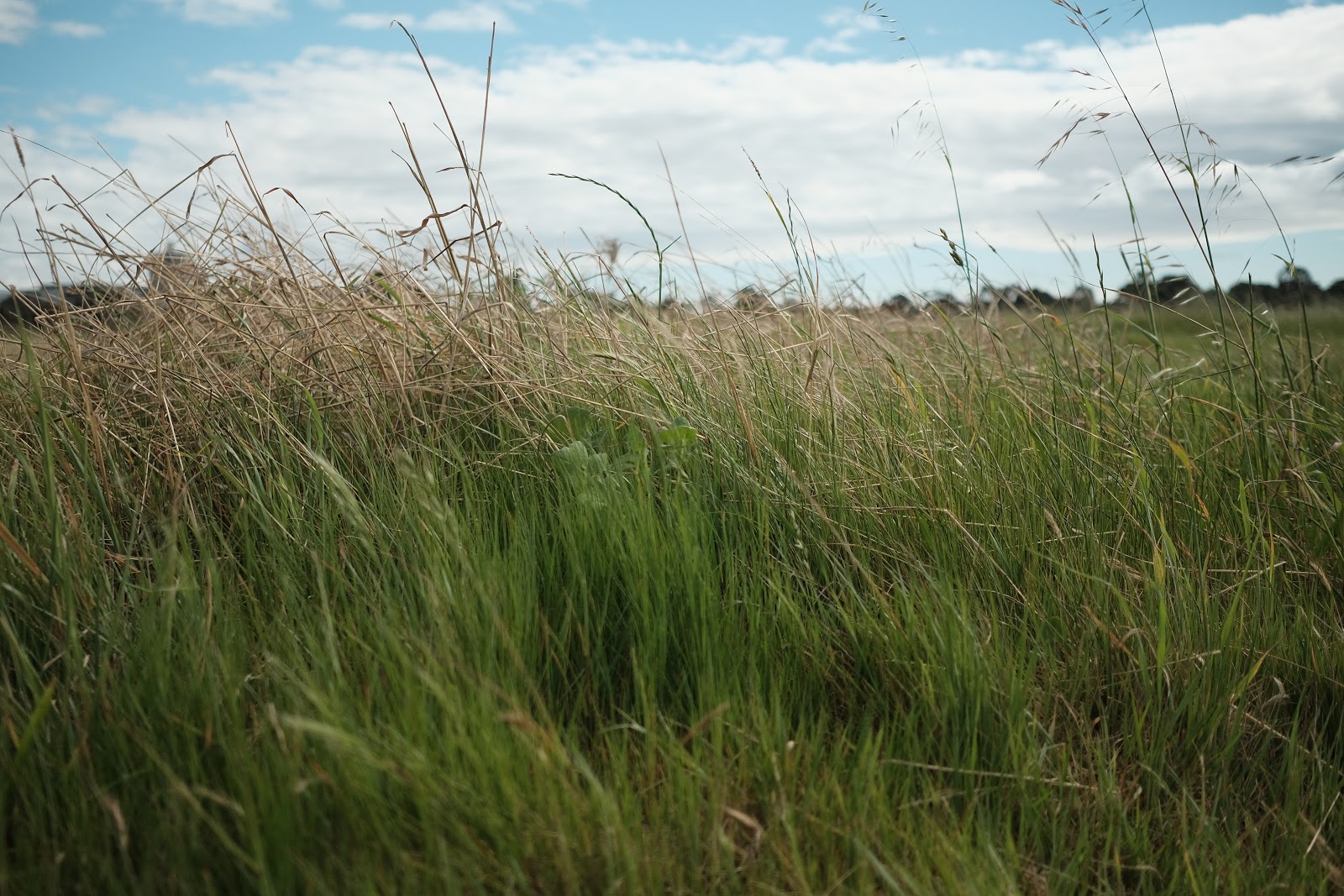
Credit Jon Tjhia.
‘I’ve always felt more comfortable around people,’ he continues. ‘I find big events, public gatherings, major brands reassuring, you know. Lately, the plazas, beaches, amusement parks and sporting arenas have emptied, and I’ve become unmoored, like I’m suddenly drunk on all the air. Do I walk in a strange way? The question had never occurred to me until now. Before, I didn’t think anyone would even see my feet. Every step now feels like I’m dancing alone on a stage.’
‘I have never been kissed, or felt the loving touch of another person,’ he adds, adjusting his right AirPod® once more.
I ignore his last comment. ‘I’ve been wondering, Wally – in your life, do you want to feel seen?’
Wally exhales heavily, and pauses for moment. ‘If we want the rewards of being loved we have to submit to the mortifying ordeal of being known.’ When he isn’t speaking, we hear the rhythm of grass crunching under Wally’s feet, because the AirPods® are always deciding what sound it is meant to include and what sound it is not meant to include, and it does not favour silence over the rhythm of grass crunching under Wally’s feet.
I clarify that I had intended the question more literally.
‘Oh! Well.’ He coughs, clearing his throat. ‘I– When I was younger, I craved company because I was afraid that when I was alone, really alone, there was nobody to witness my life. Like I didn’t really exist. I had travelled and I had put myself out into the world, and I desperately wanted somebody other than myself to acknowledge that. There is a comfort in being witnessed or recognised. So yes. I did want to be seen.’
I begin to ask him about his childhood, but he cuts me off a little anxiously. ‘But it’s always been complex! To be seen and somehow not really looked at. Looked for, not watched.’ Grass crunches; no, I think Wally’s eating something. ‘I do miss when facial recognition just meant people knew of you,’ he ponders through his mouthful. ‘This field is one of few places with no cameras. There is nothing such as hiding in plain sight any more.’
He chews. I don’t say anything for a moment, so Wally swallows whatever he’s eating, and goes on: ‘These days, I think I miss crowded places not because there’s any benefit in them for me. It’s more that without any people to witness them, places don’t really exist either, do they? Places, people … they’re witnessed into existence. Held in the world by being witnessed, too. In crowds, we witness back and forth. The closer together we are, the more we are witnessed and the more richly we exist. Have you seen my dimples, or the stubble beneath my chin? Have you seen the coffee stain on my shirt or the blackheads on my nose? Say you had. You would know me better than you do now. And would you tell me if you thought my AirPod® was about to fall out of my ear?’
I ‘hmmm’ in acknowledgment. I think Wally should buy those rubber things that fit over AirPods®, adding a layer of grip and bulk. I can’t imagine it would be very comfortable wearing them on just one side, that’s all. I’ve never thought about it before, but I wonder if it’s normal to have differently-sized ear holes, leaving the smallest amount of empty space, so troublesome to fill.
- j
In an article, I read how the digital museum in the game has been programmed by someone as a loving ode to public space.
While the digital museum is devoid of people, a major goal of the game is to fill every empty tank with fish, every plinth with artwork. To excavate and piece together entire fossils. To build into and to fill every space.
The space in the city has always felt emptier to me than a cane field, knowing that beneath those golden valleys of hair, rats, pigs and snakes are brimming beneath – or a millipede. In winter, when the farmers burn off the cane, they come running out.
During lockdown I watch the Netflix show Away. Hilary Swank leads a mission to Mars, and leaves her entire family on Earth. The crux of the show is this internal battle between the mission and motherhood.
The series is a salve, in that it is structured like an old school TV show – in each episode something goes wrong with the ship and something goes wrong on earth. The crew works together, overcomes their differences, and by episode’s end, fixes the ship. Similarly, the family works together, and resolves their issues on earth.
The series held me close, as disaster never seemed like it would actually happen. Even when the crew is close to dying from thirst, Hilary Swank mines into the side of the ship and makes it rain in space. The most threatening moment is during a space walk, when she might just let go of the side of the ship, and float off into the blackness of the galaxy forever.
After this, I watched a documentary on the Challenger – the United States space program that in 1986 broke apart 73 seconds into its flight, killing all seven crew members aboard, including what would have been the first teacher in space.
What many space missions seem to have in common are false starts.
Maybe this explains the fear of empty space: expecting something and encountering nothing.
When I first moved into this apartment – one bedroom, 1930s, red brick tudor, cracked wall paint, french windows, broken bath, full of light – I craved the empty space. My fear then was that my partner and I, who were moving in together for the first time, would rush to fill it, and become swamped beneath the collateral of our separate lives crammed together.
In design principles, white space is favoured. It gives agency back to the text – creates focus, balance and visual respite. Minimalism, at its core, is to remove all distractions, and leave behind what is most important. A gallery feels this way. Or a painting with just one stroke.
This is how I imagine it might feel to float endlessly into the vacuum of space. And maybe this is what is most frightening about it, perhaps more horrifying than dying in a hot instant, because when we encounter ‘emptiness’ we are left to reckon with ourselves, or whatever it is that seems most important.
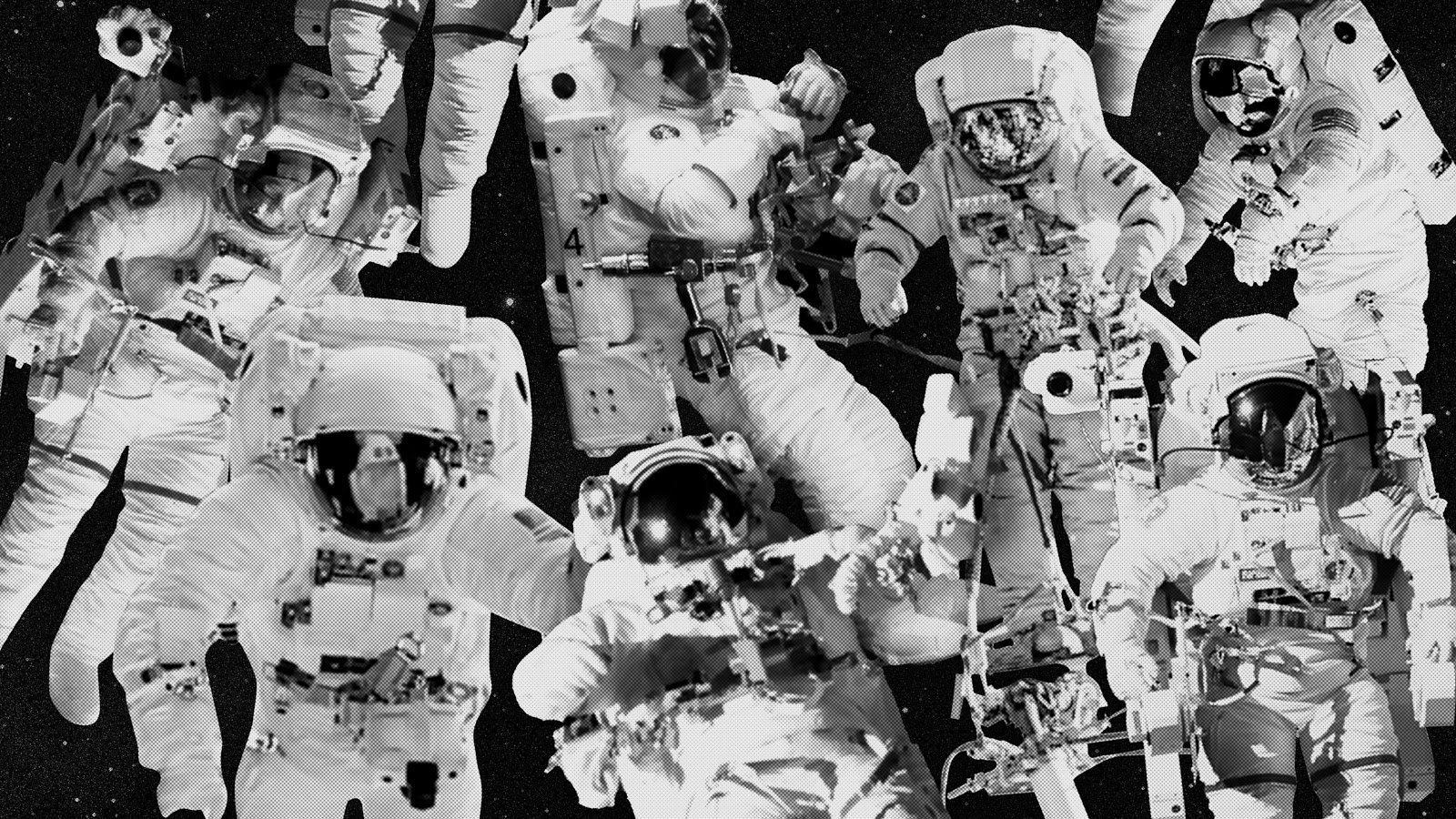
Credit Jon Tjhia.
In my museum an art wing opens and I begin to fill that too. On a busy week I don’t visit the island once and weeds begin to grow back, covering all empty spaces of the island.
When I dream next, I wake on an island where there is nothing. The player has completely cleared and flattened the island – a blank canvas on which to start again.
I read: There are situations where it’s more energetically favourable to have a totally empty cavity in a protein’s three-dimensional structure – a tiny zone of utter vacuum.
Meaning: maybe nature doesn’t abhor a vacuum as much as we think –
Silence:
- m


Footnotes
[1] Cyber space (illustration), in ‘The Battle for Cyber Space’ by Robert Dewar, Geneva Centre for Security Policy (accessed November 2020)
[2] ‘South Pacific Cyclone tracks 1980–2005’ (illustration), Background image from Image: Whole world - land and oceans (NASA), (accessed via https://commons.wikimedia.org/wiki/File:South_Pacific_cyclone_tracks_1980-2005.jpg, November 2020)
[3] ‘Animal Crossing’s Digital Museum is a welcome virtual public space’ by Simon Parkin, , The Guardian (accessed November, 2020)
[4] ‘Horror Vacui: The Fear of Emptiness’ by Mads Soegaard, Interaction Design Foundation (accessed November, 2020)
[5] ‘Nature doesn’t abhor a vacuum as much as you think’ by Derek Lowe, Science Transitional Medicine (accessed November, 2020)
Jon Tjhia & Mia McAuslan, Horror Vacui, 2020, digital writing.
Jon Tjhia is a radio maker, musician, artist, and writer. His essays and stories have most recently been published by Institute of Modern Art, Going Down Swinging, LIMINAL and Avantwhatever, and his radio and sound works have been shown or performed at Manchester Literature Festival, the Barbican, Sydney Opera House and Arts Centre Melbourne; broadcast on the ABC, BBC, and CBC; heard on the podcasts Short Cuts, Constellations and The Truth; and written about by The New Yorker, The Wire, and The Age.
Previously, as the Wheeler Centre’s senior digital editor, he co-founded and published the Australian Audio Guide, as well as award-winning projects including the digital publication Notes, and The Messenger, a podcast. His other collaborations include Paper Radio, a sound-rich literary podcast, and the Manus Recording Project Collective, who produce and present audio recordings made by men held in Australian immigration detention.
Mia McAuslan is a writer and producer from Far North Queensland. Her work has been shortlisted for the 2020 Rachel Funari Prize for Fiction, the Overland VU Short Story Prize, and longlisted for the Richell Prize by Hachette Australia. She was a recent participant in Express Media’s Toolkits: Digital Storytelling. Her writing has been published in Rabbit Poetry Journal, The Lifted Brow, 9 Slices, The Writers’ Bloc, Metatron Press, Emerging Writers’ Festival’s e/merge, via RMIT’s non/fictionLab, and elsewhere. She is a co-founder of Lor Journal, a digital publication featured by the National Library of Australia, the Emerging Writers’ Festival, the Digital Writers’ Festival, LON Gallery, and Abbotsford Convent’s Open Spaces Festival. She has performed at the Concordia Greenhouse, RMIT University, and the Norma Redpath Studio in Carlton.